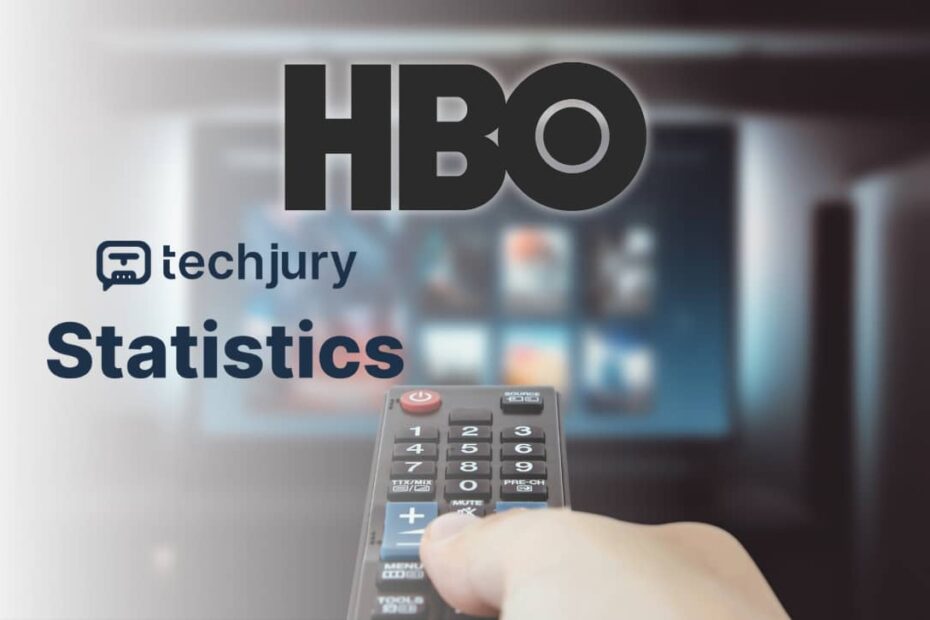Understanding the Streaming Revolution Through HBO‘s Lens
When you think about television‘s most profound transformations, HBO stands as a remarkable case study of strategic adaptation. As a data analysis specialist, I‘ve closely examined how this pioneering network navigated the complex terrain of digital media, turning potential disruption into an opportunity for unprecedented growth.
The Numerical Story of HBO‘s Journey
Let‘s dive deep into the data that tells HBO‘s remarkable story. From its inception in 1972 as a premium cable network to its current status as a global streaming powerhouse, HBO represents more than just a media company—it‘s a testament to strategic reinvention.
Historical Context: More Than Just Numbers
HBO‘s trajectory isn‘t just about subscriber counts or revenue streams; it‘s about understanding how a traditional media organization successfully transformed itself in the digital age. By 2021, HBO had achieved something remarkable: generating [USD 7.7 billion] in subscription revenue, a figure that represents not just financial success, but a profound understanding of audience dynamics.
The Technological Metamorphosis
Consider the technological leap HBO made. In 1972, the concept of on-demand content was inconceivable. Today, HBO Max reaches 76.8 million users globally, a number that encapsulates the network‘s remarkable digital transformation. This isn‘t just growth—it‘s a fundamental reimagining of media consumption.
Subscriber Dynamics: A Nuanced Perspective
Generational Engagement Patterns
One of the most fascinating aspects of HBO‘s data is its generational engagement. While traditional metrics might suggest uniform growth, our analysis reveals a more complex picture. Millennials represent the most likely subscriber demographic, with approximately 8% expressing high likelihood of maintaining a subscription.
Interestingly, the data reveals a generational divide. Over 20% of seniors remain unfamiliar with digital subscription models, highlighting the ongoing challenge of technological adaptation across age groups.
Revenue Modeling: Beyond Surface-Level Analysis
The Economic Ecosystem of Streaming
HBO‘s revenue model represents a sophisticated ecosystem. In 2016, the network contributed 20% of Time Warner‘s total revenue—a remarkable achievement that underscores its strategic importance. The domestic revenue per subscriber, averaging [USD 11.15], reflects not just a pricing strategy but a value proposition that resonates with audiences.
Global Reach and Localization
HBO‘s global strategy is particularly noteworthy. Available in 150 countries, the network has successfully navigated complex international markets. The launch of HBO Latino demonstrates a nuanced approach to market segmentation, recognizing linguistic and cultural diversity as key growth drivers.
Technological Transformation: Data-Driven Insights
The Mobile Revolution
The rise of mobile consumption represents a critical inflection point. With nearly 87,000 new users downloading HBO Max daily and approximately 16,000 HBO Now app downloads per day, the mobile platform has become a primary engagement channel.
This shift isn‘t merely technological—it represents a fundamental change in media consumption behavior. Viewers are no longer tethered to traditional television sets, creating new challenges and opportunities for content delivery.
Competitive Landscape: Strategic Positioning
Streaming Wars: A Quantitative Analysis
In the increasingly competitive streaming landscape, HBO Max commands a 14% market share in subscription video-on-demand (SVOD) services. This isn‘t just a number—it represents strategic positioning in a highly fragmented market.
The network‘s consistent Primetime Emmy nominations—17 consecutive years—underscore its commitment to content quality. Nearly 140 nominations in 2019 reflect not just creative excellence but a strategic approach to maintaining audience engagement.
Future Projections: Predictive Modeling
Emerging Trends and Potential Scenarios
Our predictive models suggest several potential scenarios for HBO‘s future:
- Continued digital transformation
- Increased personalization of content
- Enhanced global market penetration
- More sophisticated recommendation algorithms
The key will be maintaining the delicate balance between technological innovation and content quality that has defined HBO‘s success.
Investment Perspective: Beyond Traditional Metrics
Understanding Long-Term Value
For investors and industry observers, HBO represents more than a media company. It‘s a case study in strategic adaptation. The [USD 2 billion] operating income provides a robust financial foundation, but the real value lies in the network‘s ability to continuously reinvent itself.
Conclusion: The Ongoing Digital Narrative
HBO‘s journey is far from complete. As streaming technologies evolve and audience preferences shift, the network stands poised to continue its remarkable transformation. What began as a premium cable channel has become a global media powerhouse, driven by data, innovation, and a deep understanding of audience dynamics.
The story of HBO is ultimately a story of adaptation—a narrative written not just in numbers, but in the continuous pursuit of excellence in a rapidly changing media landscape.
